Integration of Google Analytics on Your Website
To integrate 'Google Analytics' to your website, you need to have a Google account.
If you don't have a Google account, then go to http://www.google.co.in/analytics/ and click on 'Sign In' and then on 'Google Analytics' on the top right side. There you can find a link to create an account.
Once you have successfully created your account, login to the account by providing your details and you will find the dashboard as shown in Figure 1.
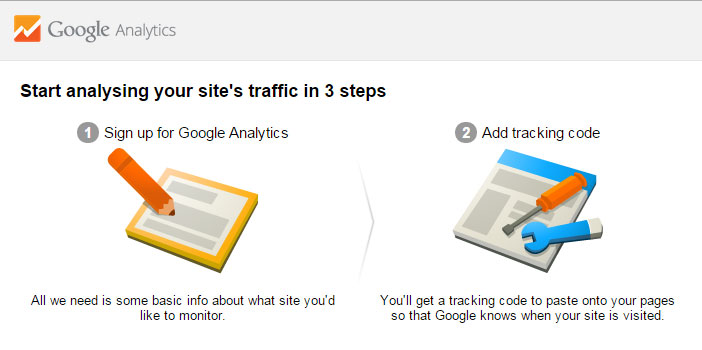
Now click the link 'Sign Up for Google Analytics' and Google will take you to the page where you need to fill in the details as shown in Figure 2. Here you need to choose 'Universal Analytics' under 'Website' as shown Figure 2.
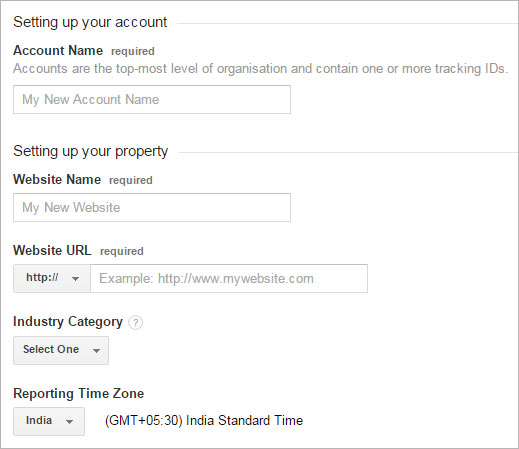
Next you need to fill in the details for your website like 'Account Name', 'Website Name', 'Website URL', 'Industry Category' and 'Reporting Time Zone' as shown Figure 3.

Next you need to choose the 'Data Sharing Settings' from the given check boxes as shown Figure 4 and then click the button 'Get Tracking ID' as shown Figure 4.
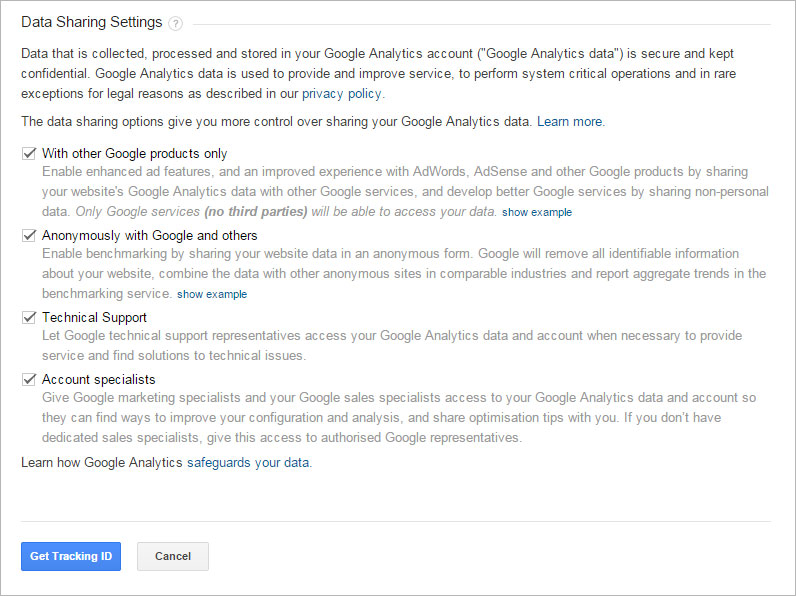
As soon as you click the button 'Get Tracking ID', Google will give you a popup screen to accept the Terms of Service for analytics as shown Figure 5. Accept the Terms of Service and Google will create the Tracking ID for your website.
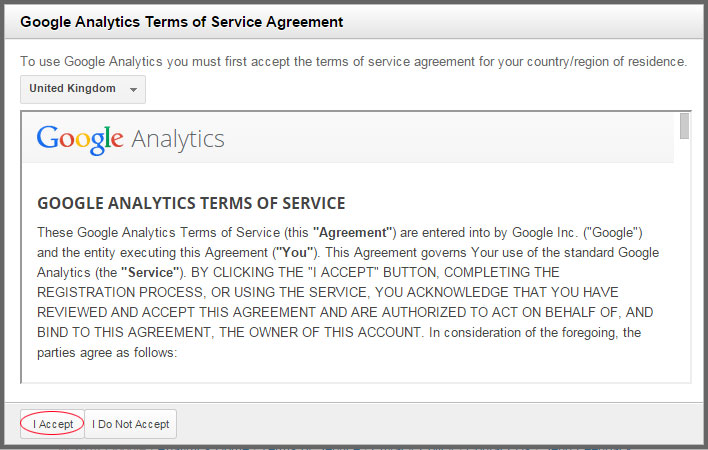
Now you can find the Google Analytics dashboard with the 'Tracking ID' and the 'Tracking Script Code' as shown Figure 6.
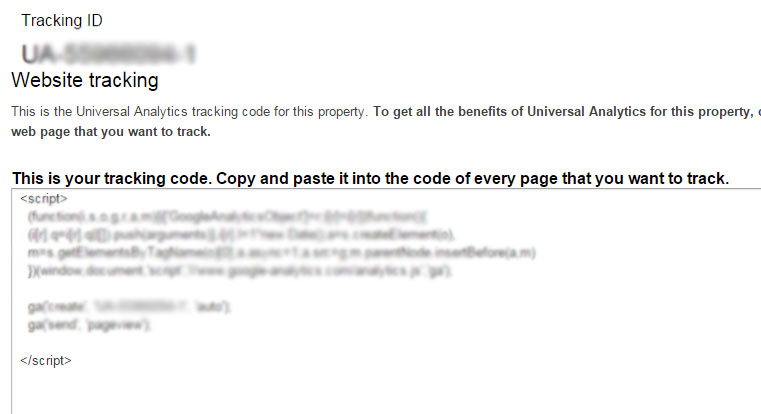
Now, open the FTP client installed on your computer and connect to your website through FTP.
Download the 'index.php' file to your computer. In the 'index.php' file of your website, copy the entire 'Script Code' under the 'HTML Head Section'. Save the changes to the 'index.php' file and upload it to your hosting location through FTP.
After uploading the 'index.php', refresh the 'Google Analytics' dashboard and you will find the analytics report as shown Figure 7.
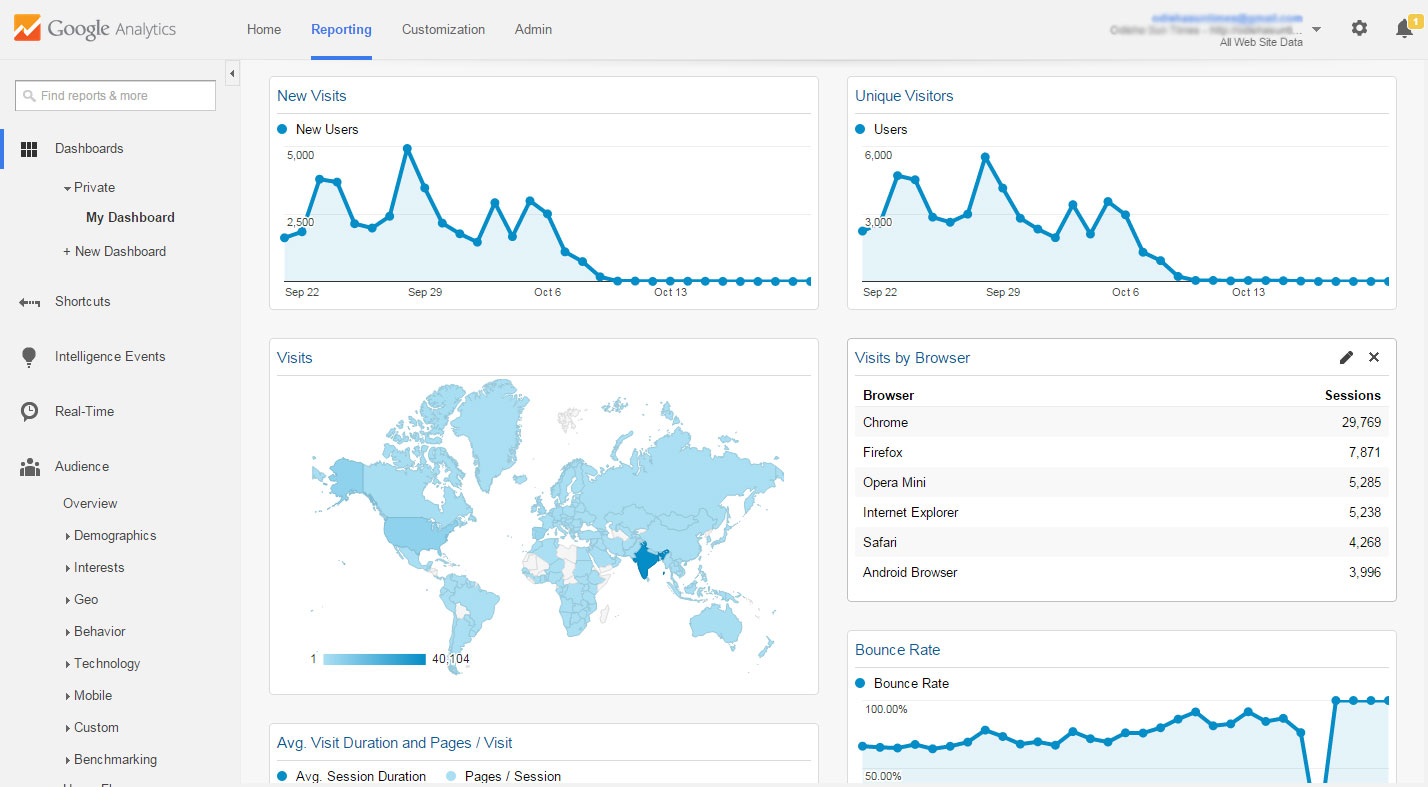
Whenever you want to check your website analytics, go to http://www.google.co.in/analytics/, enter your user details and see the analytics reports of your website.


























